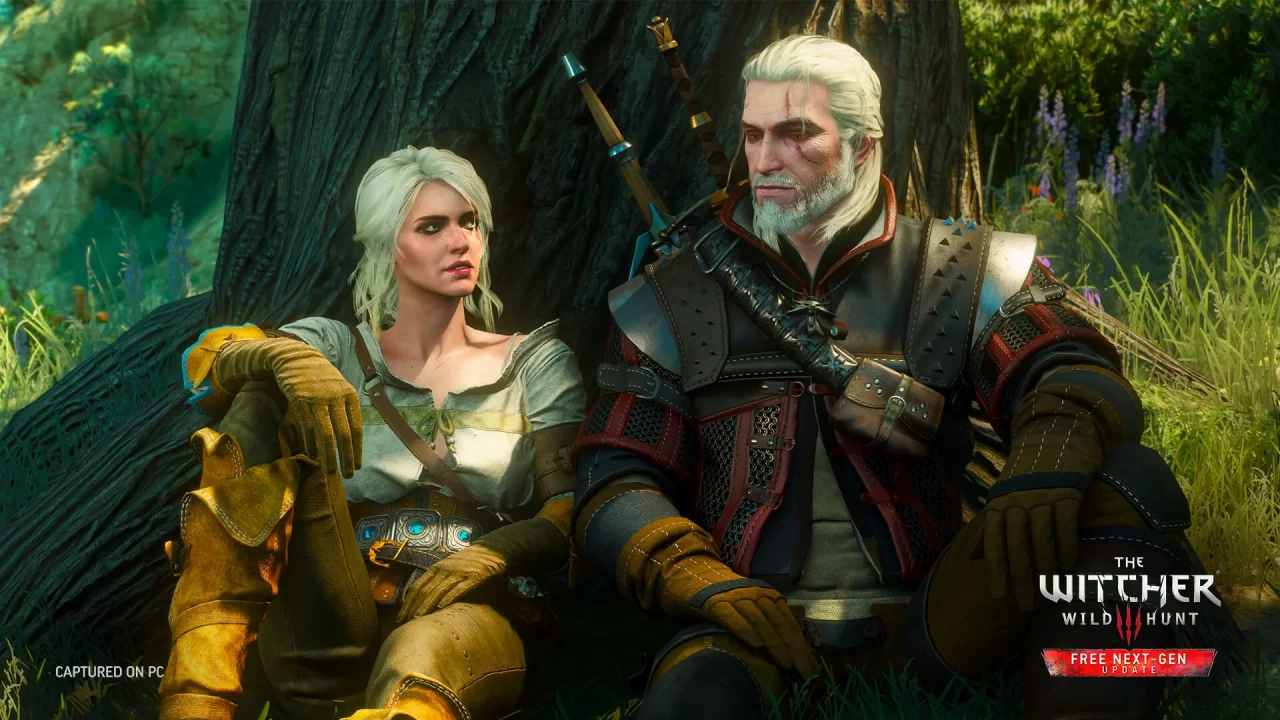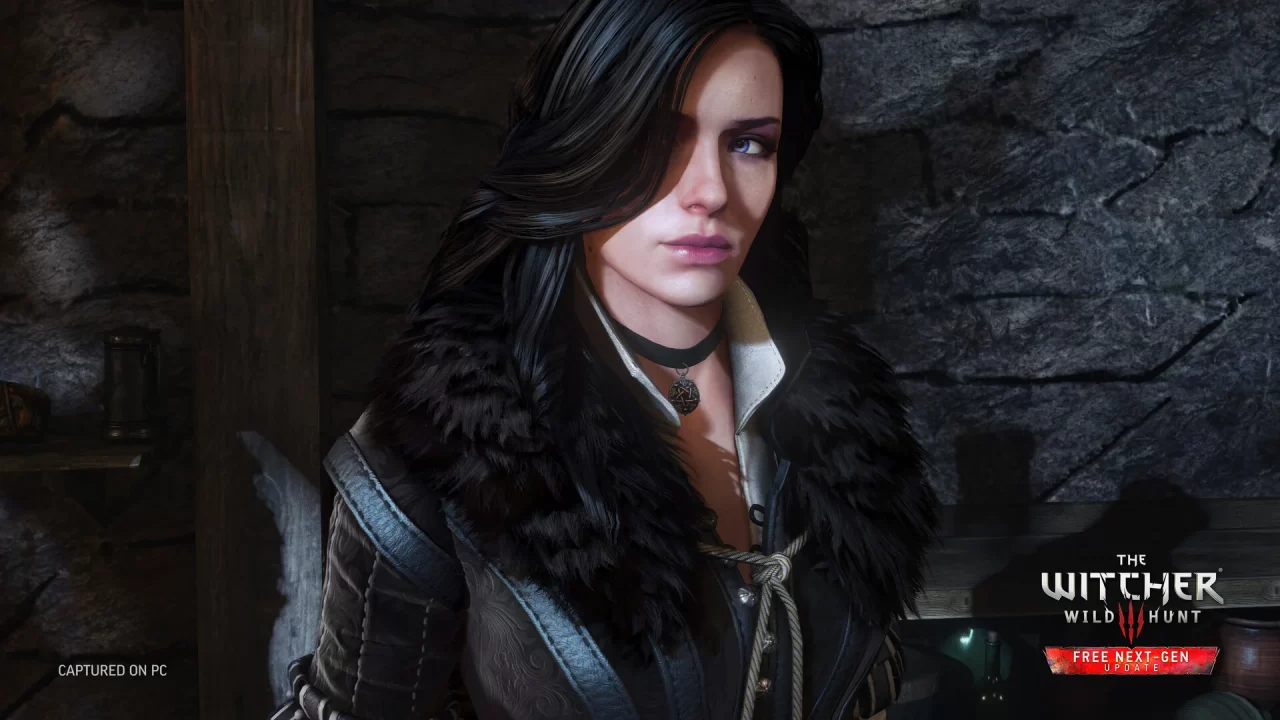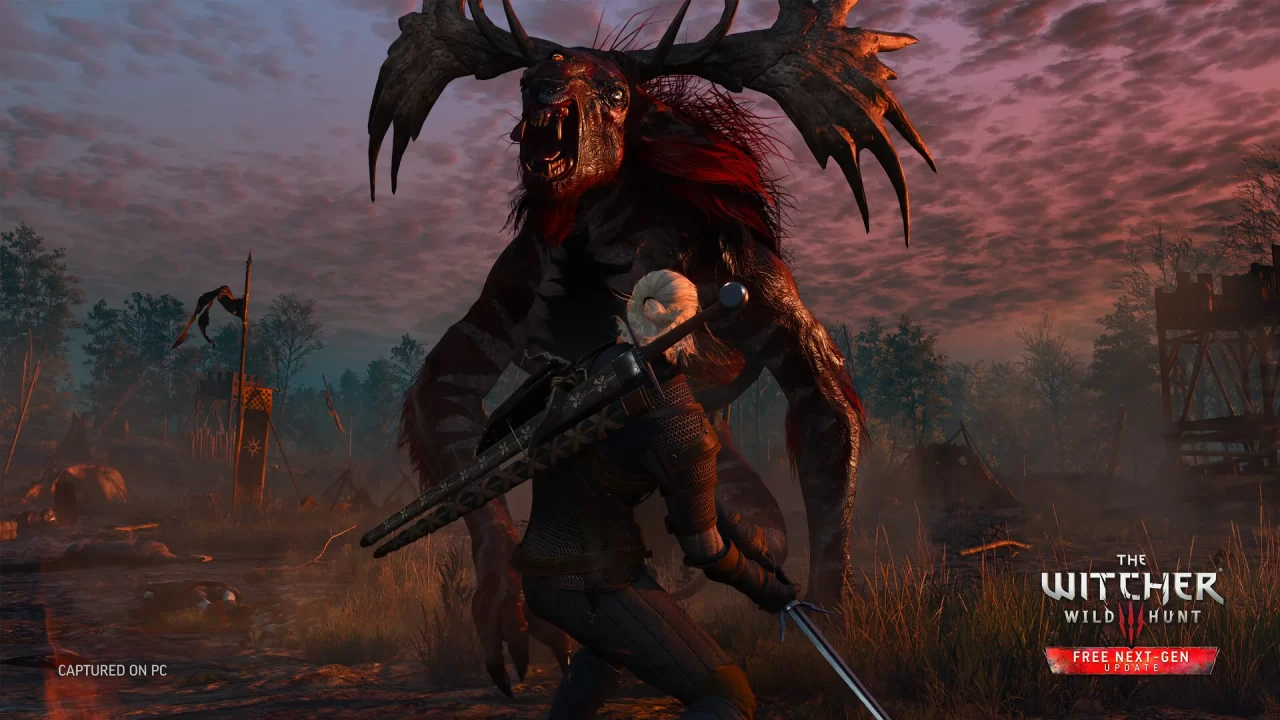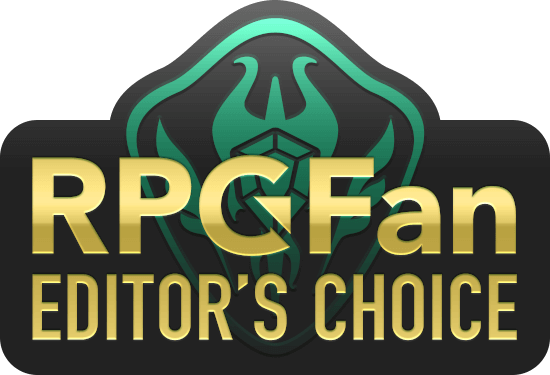Ten years ago, The Witcher 3: Wild Hunt graced our gaming platforms. It was an overnight smash hit, becoming the best-selling game of 2015 in the UK alone by its first week. CD Projekt RED, its developers, went from a rising star to a household name in a flash. It introduced millions of people (many of them casual gamers) not only to the Witcher universe, but to RPGs as a genre.
Since its release, it received two lengthy DLC expansions, Hearts of Stone and Blood and Wine. Both were released to critical acclaim, with the book series that the games are based on getting a high-budget Netflix series off the back of the games’ rampant success. This, in turn, boosted sales of the games, thanks to newfound interest in the universe and word-of-mouth about the series.
To celebrate this Witcher fever going around in 2022, CD Projekt RED released a lucrative next-gen update for The Witcher 3 for PS5, Xbox Series S/X, and PC that boasted a veritable laundry list of graphical improvements, bug fixes, and quality-of-life additions. Such features are relatively standard fare for remasters and major updates; however, what sets Witcher 3‘s apart is that it incorporates several community-created mods into the game, with the original developers of said mods working with CD Projekt RED to make them compatible with the update in some instances.
Suffice it to say, the next-gen update for Witcher 3 is functionally the most robust and feature-rich version of the game to date, with the PS5 and Xbox Series versions being dubbed the “Complete Edition” to signify this. But are the next-gen versions of The Witcher 3 indeed the richest and best way to play this game? Having spent about 100 hours with it on the PS5, I’m inclined to say yes, absolutely.
Despite being the third entry, The Witcher 3 was the entry point into the wider Witcher universe and lore for a lot of people (myself included). To that end, one of the best aspects of Witcher 3 is how masterful it is at onboarding newcomers. It doesn’t front-load you with long expository dialogue about the minutiae of the setting, nor does it require frequent visits to the in-game codex to get a grasp of the geopolitical happenings at the time the game is set. It certainly helps, don’t get me wrong, but it’s not strictly required reading.
This is entirely thanks to the game’s incredible writing, narrative, and cast. It takes a very “show, don’t tell” approach with a lot of the series’ core themes and concepts, which is great for newcomers, since a lot of the exposition is contextual within the scenes. You feel like a genius when you piece together the who, how, and why of every interaction in the story.
Of course, the phenomenal voice acting all around helps, with nary a dull performance in earshot. Doug Cockle and Denise Gough as Geralt and Yennefer, respectively, are perhaps the best of an already stellar bunch, lending great drama to the story and establishing a troubled yet loving connection between two people who have been adrift from each other for many years.
You don’t just get one story here, you get three for the price of one, since the Complete Edition also comes with the two expansions: Hearts of Stone and Blood and Wine. You may feel differently, but for my money, both of these expansions have better storylines and are better overall writing than the main one, and I love the main story. They’re no short adventures either; they encompass approximately the same length as the base game content-wise. This is doubly impressive, given the relatively quick turnaround to release them since the original launch.
When it comes to the Complete Edition, narrative is the area with the least change compared to the rest of the package, which makes sense. I mean, why improve upon (near) perfection? While a lot of games show their age as anniversary milestones go by, at least where storytelling and writing are concerned, Witcher 3 delivers truly timeless tales, from its main plot to the expansions and all of the side stories that are arguably just as compelling, if not more so.
Visuals are, of course, the area with the most improvement for the Complete Edition. Across PC, PS5, and Xbox Series S|X, Witcher 3 has been touched up with more detailed textures for its environments, characters, and enemies, which naturally is most noticeable when playing in 4K (which I recommend). For the console versions, the Performance Mode is actually closer to 4K than the Quality Mode, and features nearly all of the same graphical advantages at 60fps, albeit without ray-tracing.
I found myself switching between the two modes constantly for the first ten-or-so hours of Witcher 3 on PS5, since there are some environments, particularly Velen, where the ray-traced reflections and lighting really pop. However, the lure of being able to play in 60fps on Performance Mode won me over in the end. It’s not like there’s a major downgrade in choosing Performance either; Witcher 3 is a stunning game regardless of how you play it. Heck, even the Switch version is capable of looking gorgeous under the right conditions.
Personally, the gameplay changes in Complete Edition far and away embody my favorite areas of improvement, with some incredible quality-of-life changes that make a ton of difference to the overall experience when returning to this game. For instance, you have Quick Sign Casting and the ability to automatically apply oils in combat. The former all but eliminates the need to use the radial menu for switching your Witcher signs. Instead, they’re each assigned to different button combinations that you can access at will. This makes a huge difference in ensuring combat is much more seamless and fluid.
The latter change is optional, but it’s one that I am very grateful for. Since certain monsters require you to use various oils to exploit their weaknesses, you previously had to refer to your codex on how to best take each monster down. For many, this was a huge boon in regards to immersion and helped to sell the fantasy monster hunter wish fulfillment. For me personally, it was more tedious than anything. With “auto-apply oils” enabled, the game does this part for you, so you only need to focus on actual combat.
Combat was a sticking point for many people in the original version of Witcher 3, with many regarding it as the worst part of an otherwise incredible game. Many felt it merely amounted to mashing the attack buttons and dodging occasionally in a very basic hack-and-slash manner. For the Complete Edition, though the mechanics of combat are functionally the same, CDPR has incorporated Full Combat Rebalance 3, a very popular mod for the original version made by one of the developers in his spare time. This mod makes numerous background changes to the numbers and stats in the combat and leveling systems, adjusting them to be more challenging and rewarding across the board.
Whether it’s the changes from this mod or the addition of having an optional new combat camera that’s closer to Geralt and shifts dynamically depending on who he’s focusing on in an encounter, combat feels much better in Complete Edition. I didn’t take umbrage with it in the original version, but I can’t deny that it could feel very “button mash-y” at times. While that’s arguably still true to some extent, I personally enjoyed combat more in this playthrough than I ever did previously.
Like every one of the best RPGs, The Witcher 3 is one of those games where you discover something new every time you play it. Whether that’s a certain character or quest that you wrote off before, or a detail in the background that you hadn’t noticed until that playthrough, this game is a gift that keeps on giving. It’s wild to me that, all told, development on it only took CD Projekt RED four years and change to complete from start to finish. For such a timeless and deep game, that’s an incredibly fast turnaround.
One area that I definitely neglected in every playthrough of Witcher 3 until now, where I forced myself to get stuck into it, is probably what you’ve been screaming at me to mention: GWENT. I’m not even into card games, but dang it, when they’re right, they’re right. Gwent is too much fun to ignore, and I kick myself for being such a fool up until this playthrough. Yes, I now see what all of the fuss was about. I could dedicate another review entirely to Gwent, but it’s already beloved enough that I wonder what more is there to say. I mean, there’s a reason they spun it off into two other games. Not since Queen’s Blood in Final Fantasy VII Rebirth (or vice versa for most people) has a minigame, let alone a card game, grabbed my attention so firmly.
It may be a decade old now, but The Witcher 3: Wild Hunt hasn’t aged a day, in my opinion. After all, there’s a reason it’s become a north star for AAA RPGs in the years since, in the eyes of fans and developers. Even CDPR themselves failed to live up to their own expectations with Cyberpunk 2077, though, of course, they rectified this not long after.
The feeling of happening upon a village in your travels and discovering a whole questline that takes up hours of your time alongside a compelling story fraught with dicey moral dilemmas is truly unmatched, even now.
Happy anniversary, Witcher 3. Thank you, truly, for everything you are and everything you’ve done.






